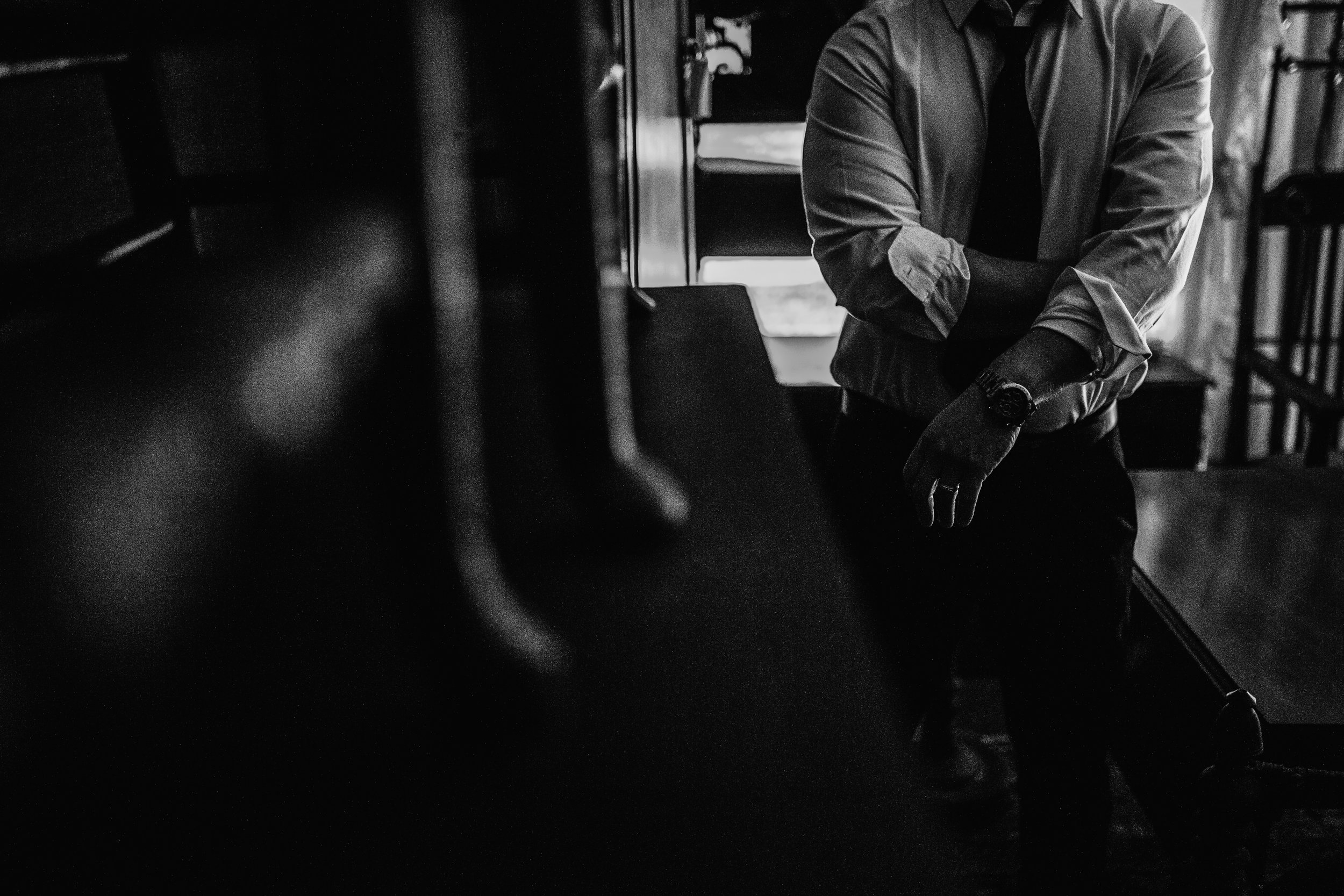The Tragic Dead in Colonial Park Cemetery
Savannah’s first cemetery (now hidden beneath the city block where Husk restaurant is today) closed to new residents in 1750. And Colonial Park Cemetery was opened.
This cemetery was active from 1750 until 1853. One-hundred-and-three years of burials and 531 tombstones remain. Most of them have faded and chipped due to acid rain and time, and to the casual observer the cemetery actually looks pretty sparse.
So it may come as quite a surprise that around 10,000 people are buried here.
Today the cemetery is surrounded by a high fence, but in the past, there was no such barrier separating the resting dead from the rest of the city. The fence wasn’t constructed until 1950.
And it doesn’t give an accurate portrayal of the original border of the cemetery, which actually stretches beyond the fence, halfway across Abercorn Street. So when you stand outside the walls, you’re technically standing inside the original Colonial Park Cemetery - right on top of hundreds of Savannah’s dearly departed.
Why would they do this, you ask?
The city needed more space for horses and carriages in 1896. The area had become congested, so the (obvious?) solution was to remove many of the cemetery’s tombstones and “make the cemetery smaller.”
Let’s go back in time to 1820. In January of that year, a fire broke out and reached a stable that had gunpowder illegally stored. The gunpowder exploded, and the fire ripped through the heart of Savannah overnight. It destroyed 2/3rds of the city, leaving behind destruction and death. It would take months to reconstruct.
As the seasons passed and summer approached, the hot weather and humidity mixed with daily thunderstorms created standing water that accumulated in the yet-to-be-repaired properties, quietly setting Savannah up for a nightmare to end all nightmares.
The puddled water created the perfect conditions for mosquitos - ones that carried Yellow Fever.
Savannah had her first Yellow Fever outbreak in 1820, killing 10 percent of the population before the epidemic was through.
And most of those people didn’t die in hospitals. The majority of them tragically died in their homes.
The top floors of Savannah’s homes were often used to quarantine people with Yellow Fever to keep them away from the rest of the family below. The person would waste away in their bed - a yellow jaundice color to their skin, brown fur growing on their tongue, and internal organs collapsing inside them. Sufferers coughed up blood and burned with fever. It was a horrible disease. Most would die within a few days of contracting the disease, and the only person allowed to see them would be a doctor.
To give you perspective on how bad yellow fever was in Savannah, we had major outbreaks in 1820, 1854, and 1876 with many deaths in between. With Savannah being 2.2 square miles, think of how many people died in their homes, adding to Savannah’s dark, tragic, and haunted past.
After sufferers were released to merciful death, no one left behind wanted to touch the body out of fear of catching the disease.
Most of the visible tombs you can see in Colonial Park Cemetery go down around twelve feet. There’s an aisle in the middle with shelves on both sides. Back in the day a tomb-keeper would crawl in and receive the body. They’d place the body of the departed on a shelf, and seal the tomb closed as they left.
But in the days of a Yellow Fever outbreak, little time would pass, and another family member would die. When family came back to place the newly departed’s body inside the tomb, it was not uncommon to discover scratch marks on the inside of the door -evidence of someone trying to get out.
It was a terrifying truth - to realize they’d buried a loved one alive - victims of comas and deep fevers that doctors weren’t yet good at identifying.
Now, imagine you’re the night watchman. You’ve got a new job requirement - and you’ve got a shovel with you at all times.
It’s the middle of the night and you’re trading stories with co-workers. From somewhere in the darkness of the cemetery, you hear “Ding, ding, ding, ding, ding.”
You’d grab your shovel, run as fast as you could toward the sound.
Someone was alive, and the bell, (tied to a rope and snaked through the soft ground of a grave - wrapped around the wrist of the dead) was ringing like crazy.
You trip over tombstones, rocks, and tree stumps in your panic.
The sound of the bell is getting closer, louder.
And then.
The bell stops ringing.
You didn’t make it - and as you look around in the darkness of night. All that’s to be seen are the shadows of hundreds of tombstones – each with a silent bell sticking from the ground.


















